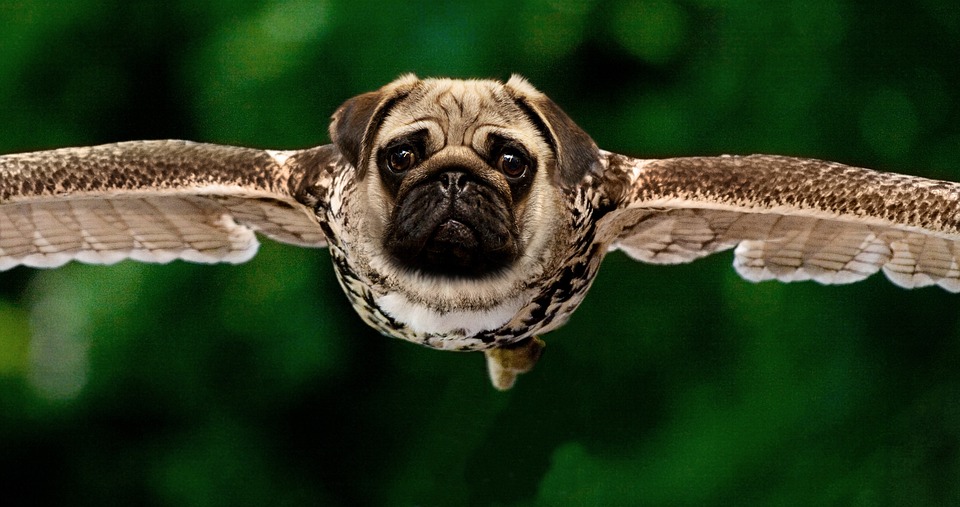Training your dog not to chase or react to wildlife or birds is crucial for their safety and the harmony of nature. In this article, we will explore effective training techniques, understanding instincts, environmental management, and address frequently asked questions to help you train your dog to become a well-behaved and controlled companion.
Understanding the Instincts:
Dogs have instinctive behaviors that drive them to chase and react to wildlife or birds. Understanding these instincts is the first step towards training. By recognizing why dogs chase and react, you can effectively manage and redirect their behavior.
Training Techniques:
1. Recall training: Building a strong recall command is essential in preventing your dog from chasing wildlife or birds. Consistency and positive reinforcement are key to reinforcing this command. Gradually expose your dog to distractions and reinforce the recall command in various environments.
2. Leave it command: Teaching your dog to ignore wildlife or birds is crucial. Start by teaching the “leave it” command and reinforce it with positive rewards. Practice in controlled environments before exposing your dog to real-life scenarios.
3. leash training and impulse control: Using a leash to control your dog’s movements is effective in preventing chasing or reacting. Teach impulse control through “wait” or “stay” commands. Gradually reduce reliance on the leash as your dog learns to control their impulses.
Environmental Management:
1. Identifying high-risk situations: Recognize triggers for chasing or reacting and avoid areas with abundant wildlife or bird populations. Understand your dog’s limitations and adjust activities accordingly to prevent unwanted behavior.
2. Secure fencing and containment: Establish secure boundaries at home and ensure proper fencing and containment systems. Supervise outdoor activities to prevent your dog from chasing wildlife or birds.
FAQs:
1. Can all dogs be trained to ignore wildlife or birds? While all dogs can be trained, some breeds may have a stronger prey drive, making training more challenging. However, with consistent training and management, most dogs can learn to resist the urge to chase.
2. How long does it take to train a dog not to chase wildlife? Training duration varies depending on the dog and their responsiveness to training. It may take weeks or months to achieve desired results, so patience and consistency are essential.
3. What should I do if my dog still chases wildlife despite training? If your dog continues to chase wildlife despite training, consider seeking professional help from a dog trainer or behaviorist who specializes in working with prey-driven dogs.
4. Are certain dog breeds more prone to chasing or reacting to wildlife? Yes, some breeds are more prone to chasing or reacting due to their genetic predisposition. Breeds like sighthounds, terriers, and herding dogs may have a stronger prey drive.
5. Is it possible to train an older dog not to chase wildlife? While training an older dog may be more challenging, it is possible with patience and consistency. Seek guidance from a professional trainer to develop a training plan suitable for your dog’s age and temperament.
Conclusion:
By implementing effective training techniques, understanding your dog’s instincts, and managing their environment, you can successfully train your dog not to chase or react to wildlife or birds. Remember, training takes time and consistency, so don’t get discouraged if progress is gradual. With dedication and understanding, you can enjoy peaceful outings with your dog while preserving the natural balance of wildlife.









